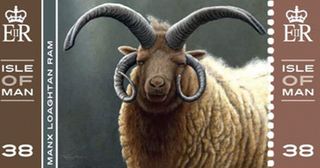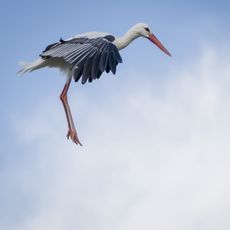New rare breeds animal stamps
Rare breed farm animals are the stars of a new set of stamps from the Isle of Man Post Office


The Isle of Man Post Office has released a sheet of stamps featuring rare-breed farm animals to celebrate a centenary's work by the Southern District Agricultural Society on the island and to promote the work being done there by the Rare Breeds Survival Trust (www.rbst.org.uk).

Painted by Jeremy Paul, the charming images of Manx Loaghtan and Cotswold sheep, Northern Dairy Shorthorn and Irish Moiled cattle, plus a Gloucester Old Spot pig and an Exmoor pony, were the idea of Manx farmer Paul Davis, who says the island setting makes an ideal sanctuary for the rarest breeds because it's protected from disease epidemics on mainland Britain.
The sheets cost from £2.28 (www.iompost.com).
* Follow Country Life magazine on Twitter
* Subscribe to Country Life magazine and save
Sign up for the Country Life Newsletter
Exquisite houses, the beauty of Nature, and how to get the most from your life, straight to your inbox.
Country Life is unlike any other magazine: the only glossy weekly on the newsstand and the only magazine that has been guest-edited by HRH The King not once, but twice. It is a celebration of modern rural life and all its diverse joys and pleasures — that was first published in Queen Victoria's Diamond Jubilee year. Our eclectic mixture of witty and informative content — from the most up-to-date property news and commentary and a coveted glimpse inside some of the UK's best houses and gardens, to gardening, the arts and interior design, written by experts in their field — still cannot be found in print or online, anywhere else.
-
 A well-connected rural playground with 23 acres on the edge of the South Downs National Park
A well-connected rural playground with 23 acres on the edge of the South Downs National ParkOld House Farm is an impressive family home with a wealth of amenities that would inspire any rural passion.
By Arabella Youens Published
-
 The UK gets its first ‘European stork village’ — and it's in West Sussex
The UK gets its first ‘European stork village’ — and it's in West SussexAlthough the mortality rate among white storks can be up to 90%, the future looks rosy for breeding pairs in southern England.
By Rosie Paterson Published
